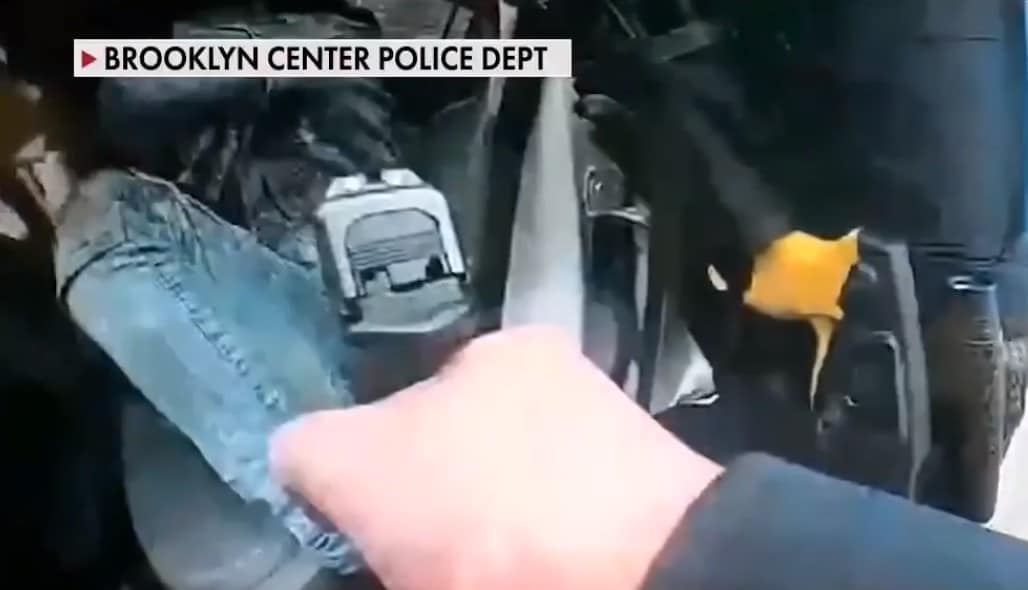When I’ve covered (many) stories of accidents and negligence with firearms over the years, one thing holds true; 99% of the time, when the firearm goes off when the user didn’t intend, it’s a result of negligence.
Firearms are a in a category where mistakes aren’t taken lightly, and there aren’t any re-dos when things go wrong. That’s why we push training hard, making sure that you’re completely familiar with your firearm, and the rest of whatever gear you may have on you.
The breakdown of what happened on Sunday is this: 20-year-old Daunte Wright was pulled over during a traffic stop. Officers find that Wright had an outstanding warrant. They attempt to handcuff him after he steps out of the car. He resists, and manages to sit back inside the driver’s seat. A female officer warns Wright that she will use a taser on him repeatedly, but she has her handgun pointed at Wright instead. She pulls the trigger, firing a single bullet at Wright, which would later kill him.
A police chief in Brooklyn Center outside of Minneapolis released the body camera footage Monday showing the officer-involved shooting of 20-year-old Daunte Wright, categorizing the event as an “accidental discharge.”
I can only begin to understand the pressure that officers are under when involved in such incidents, but I can also understand the distinct difference between a taser and a handgun. The officer knows this difference as well, but failed to deploy the intended item, likely as a result of the stressful situation.
While the officer may have accidentally grabbed her firearm instead of the taser, this is still absolutely negligence. As an officer on the scene, it is their responsibility to –as accurately as possible– maintain clear heads and let their training kick in. The short: If you want to pull a taser out, then pull a taser out. There is no room for error with this, especially when the taser turns into a handgun.

The above screenshot from the officer’s badge cam shows her Glock handgun, as she yelled ‘Taser, taser!” With the officer to her right, we can see his yellow and black taser holstered to his side. This is typical to have the taser on one side and the firearm on the other, and this is likely the setup for a right-handed shooter. The point: Taser and handgun are in different drawing positions, so it must be clear to the user with what they’re grabbing.
If things were negligent, or ‘accidental’, I am certain that this officer feels horrible about the outcome of this incident. I don’t like throwing people under the bus, but with firearms comes responsibility. This goes for everyone, including police and private citizens.












![[CCW IN ACTION] Store Owner Makes Decision To Carry Firearm 8 Years Ago — Paid Off Big Time](https://imagedelivery.net/sbm_lYeJbALkepJgtmRD5w/concealednation.org/2015/09/lehigh-acres-robbery.jpg/w=728,h=381)
![[VIDEO] How To Remove The Base Plate On Glock Magazines](https://imagedelivery.net/sbm_lYeJbALkepJgtmRD5w/concealednation.org/2015/02/ScreenHunter_248-Feb.-23-19.13.jpg/w=728,h=381)
![[VIDEO] Random Thoughts On Preparedness And Awareness Of Your Surroundings; YouTube Prankster Edition](https://imagedelivery.net/sbm_lYeJbALkepJgtmRD5w/concealednation.org/2014/09/ScreenHunter_82-Sep.-16-10.51.jpg/w=560,h=280)